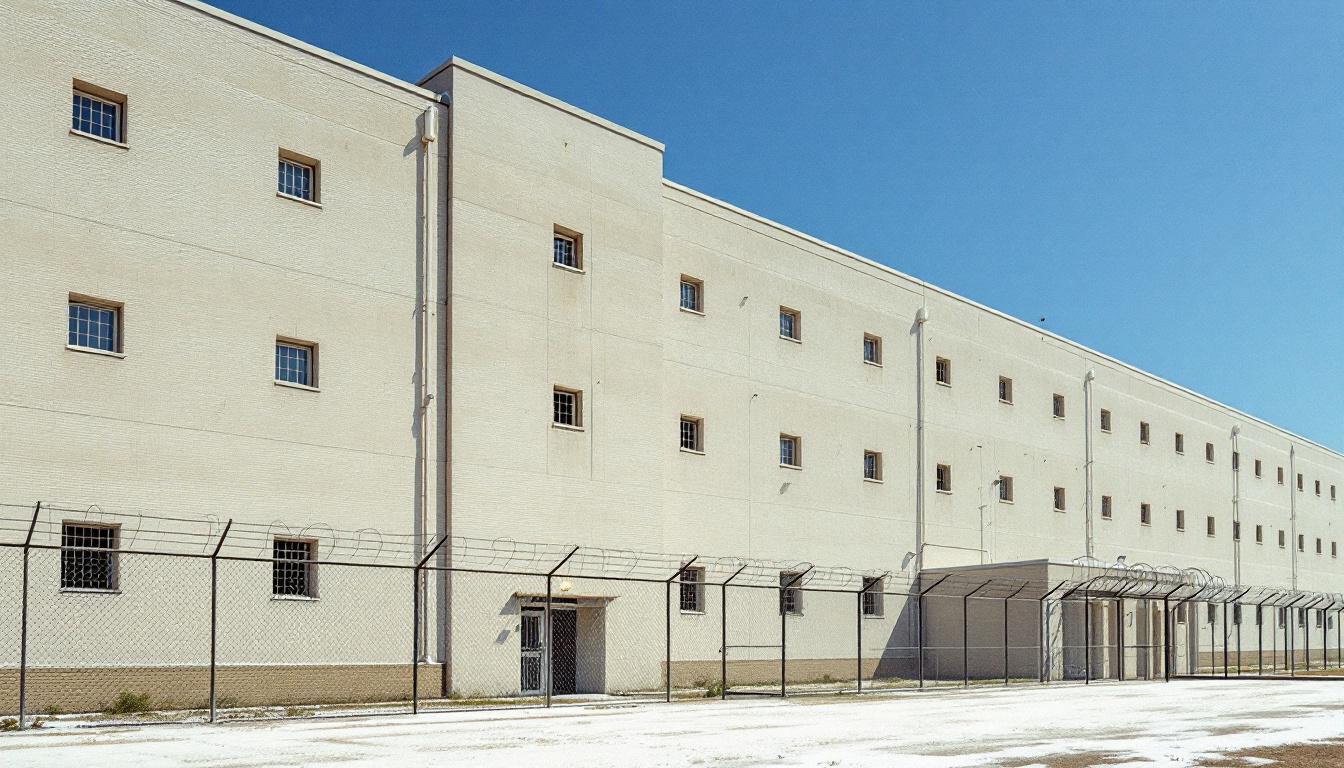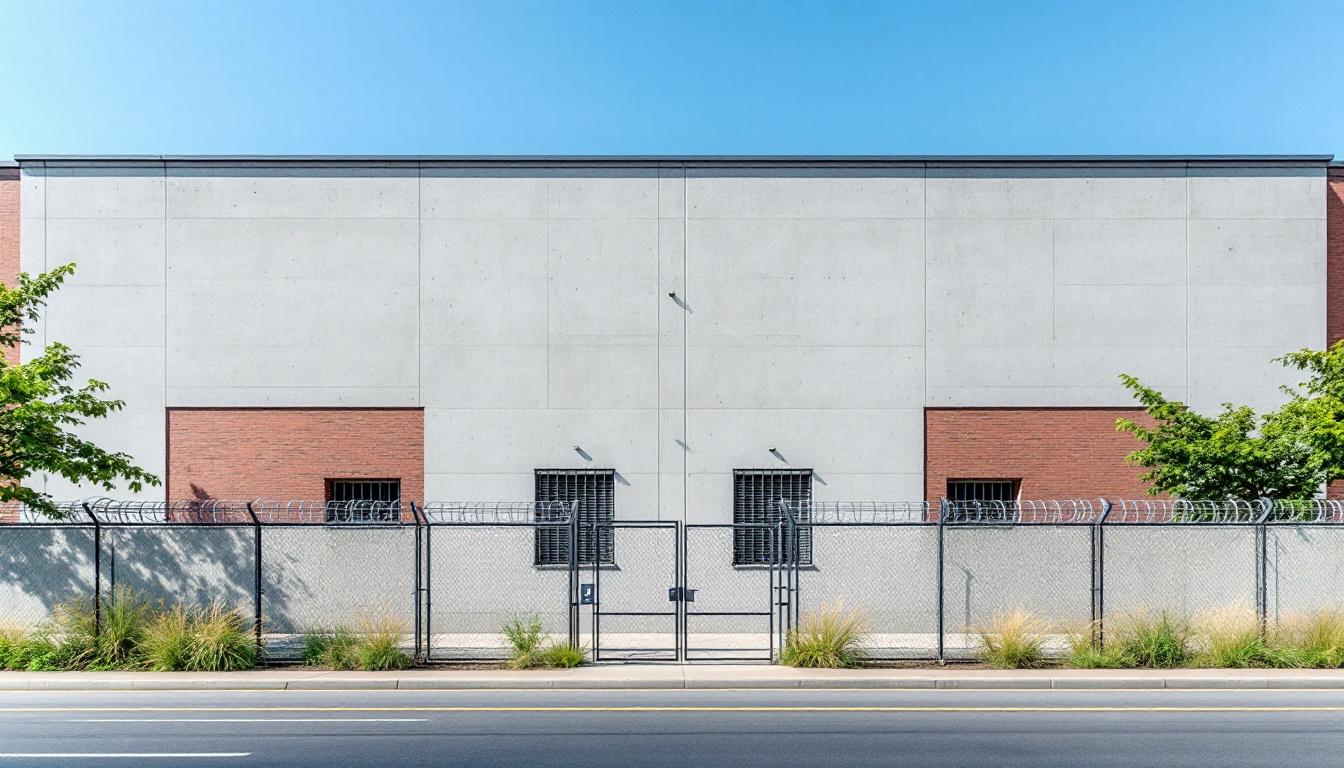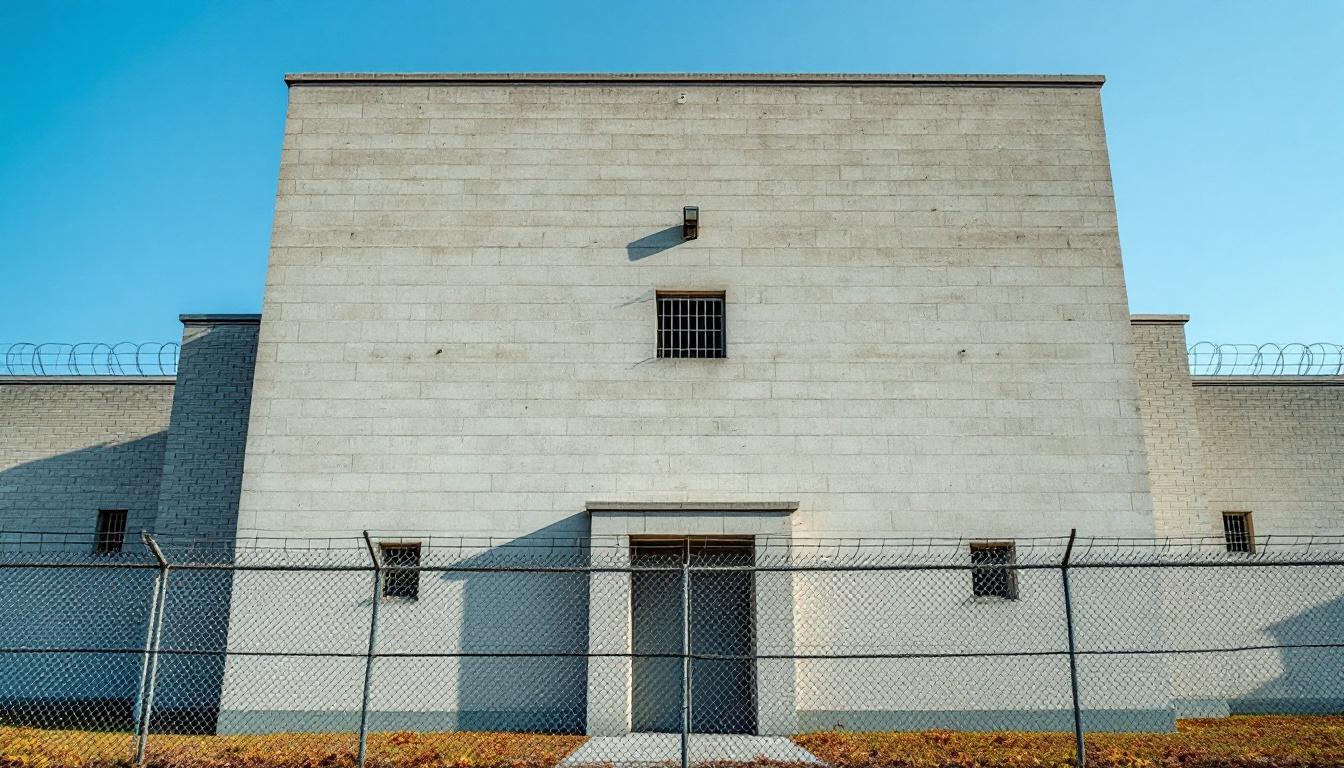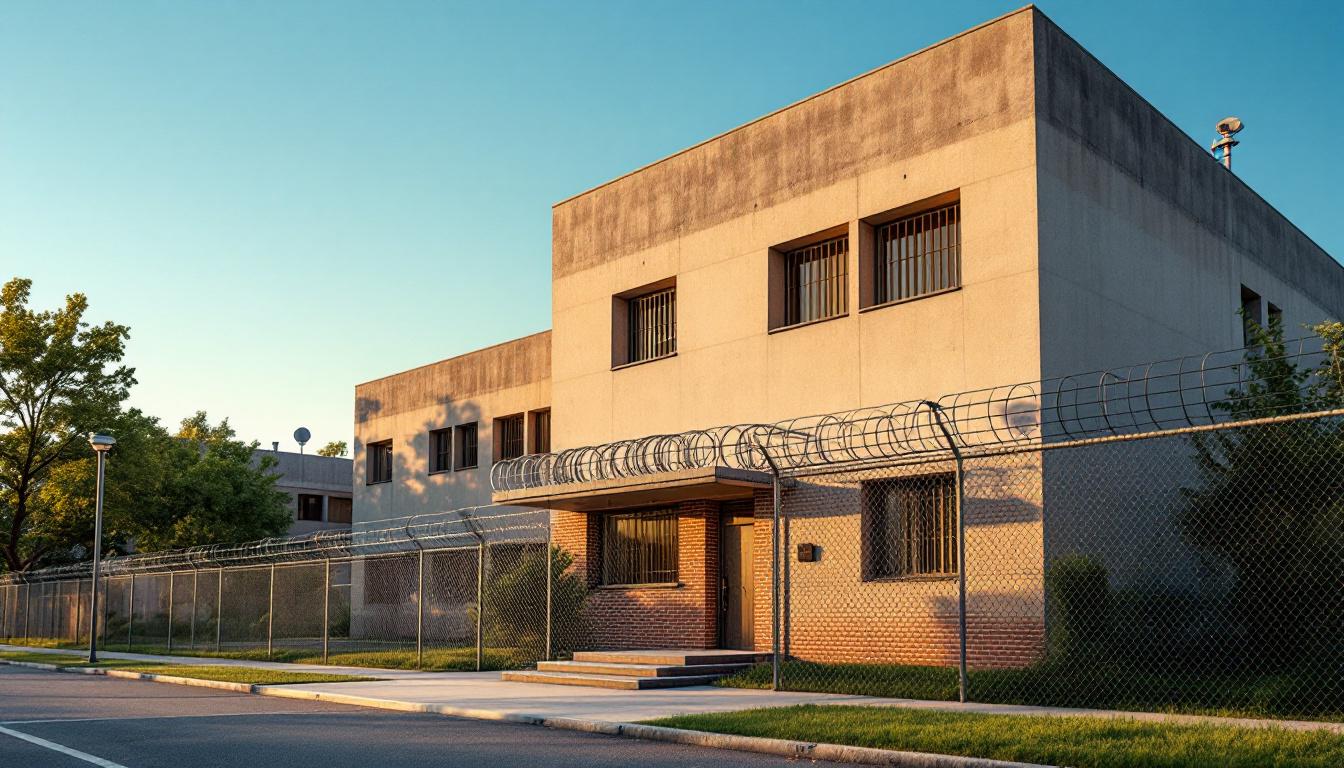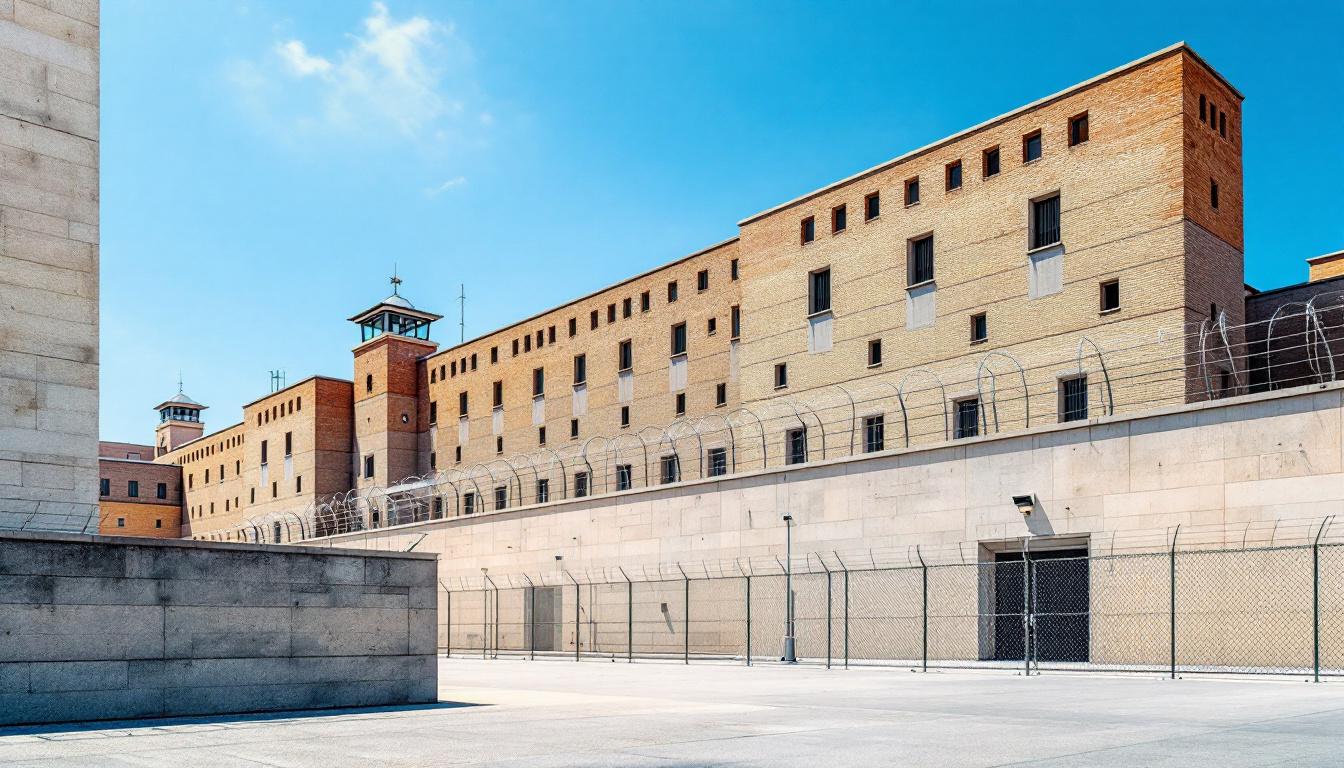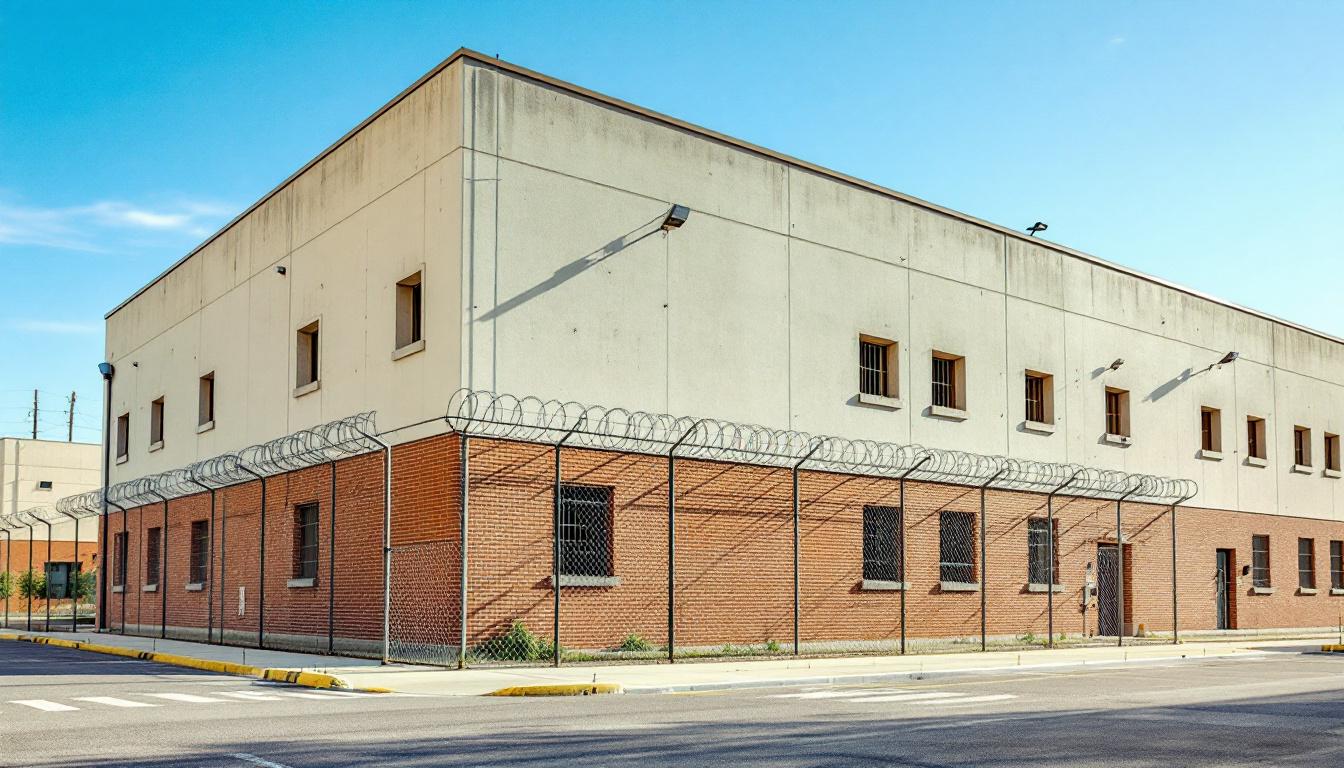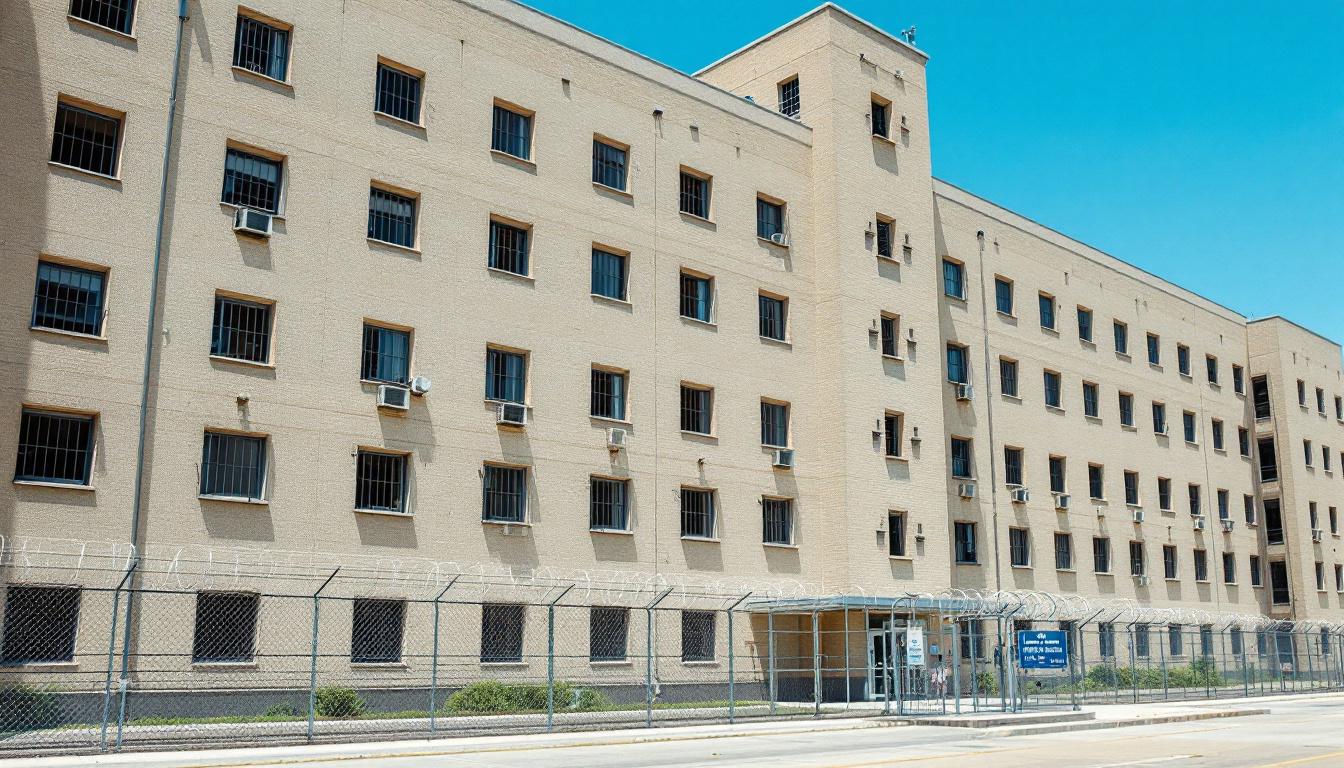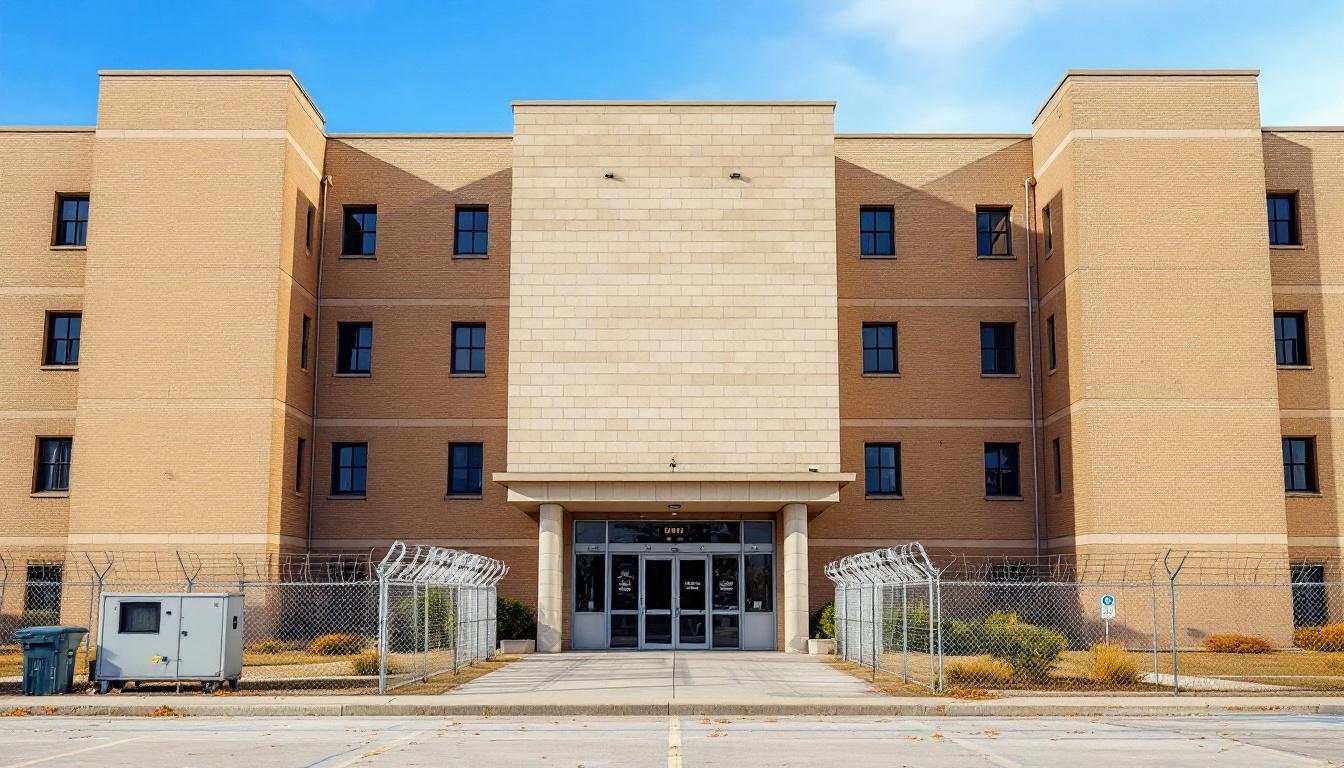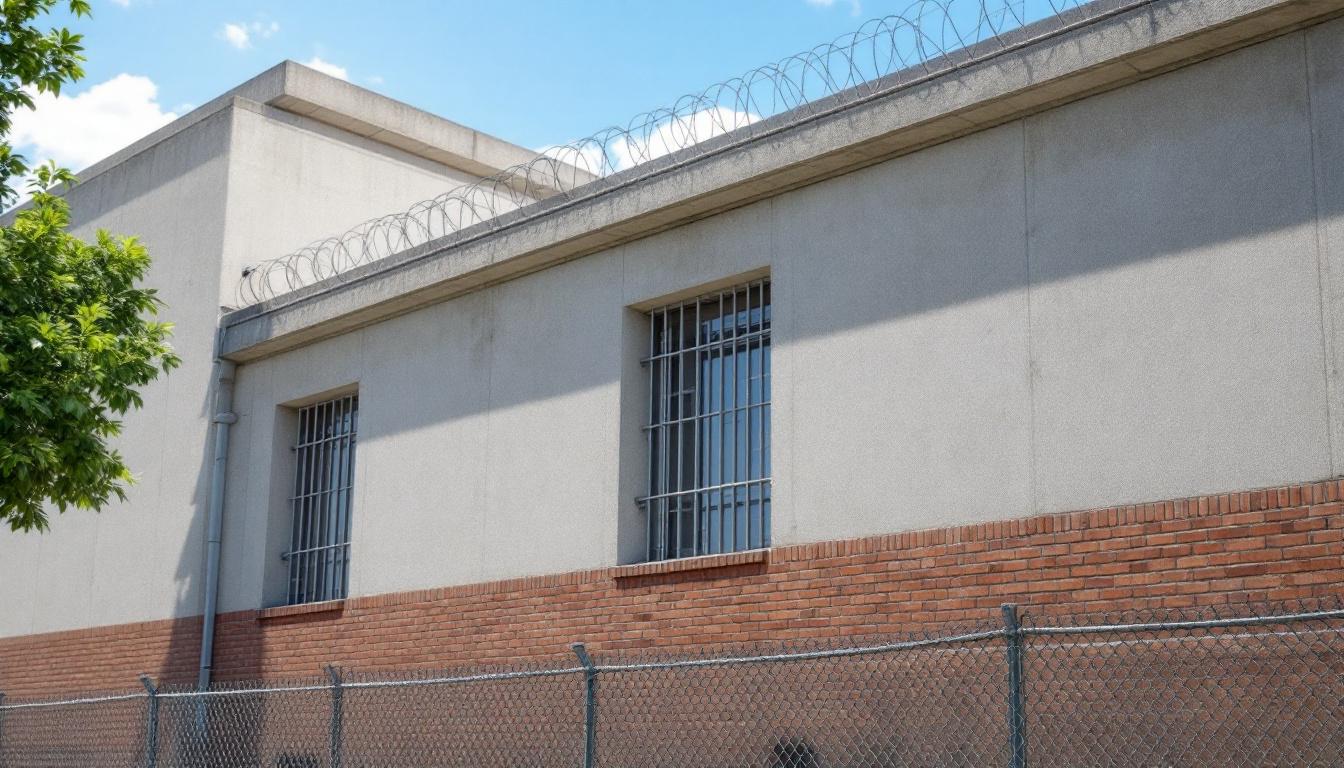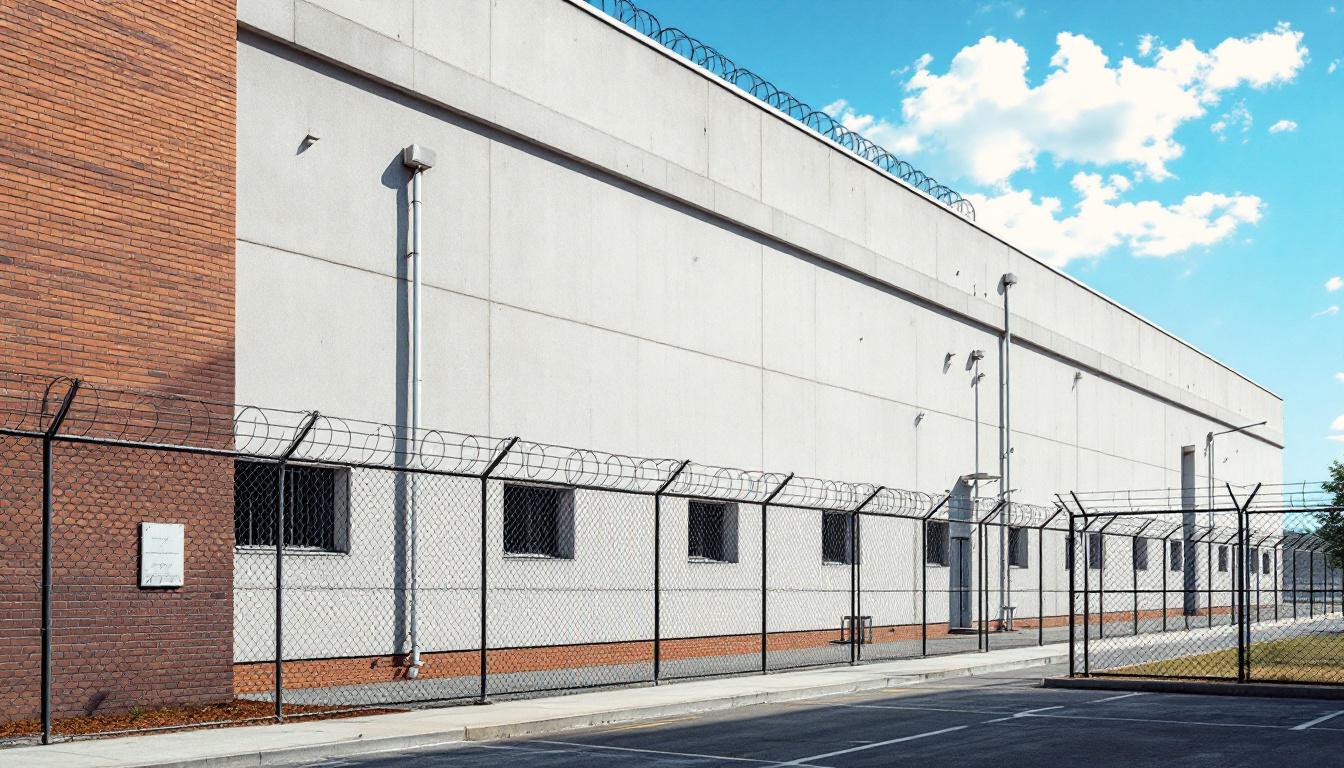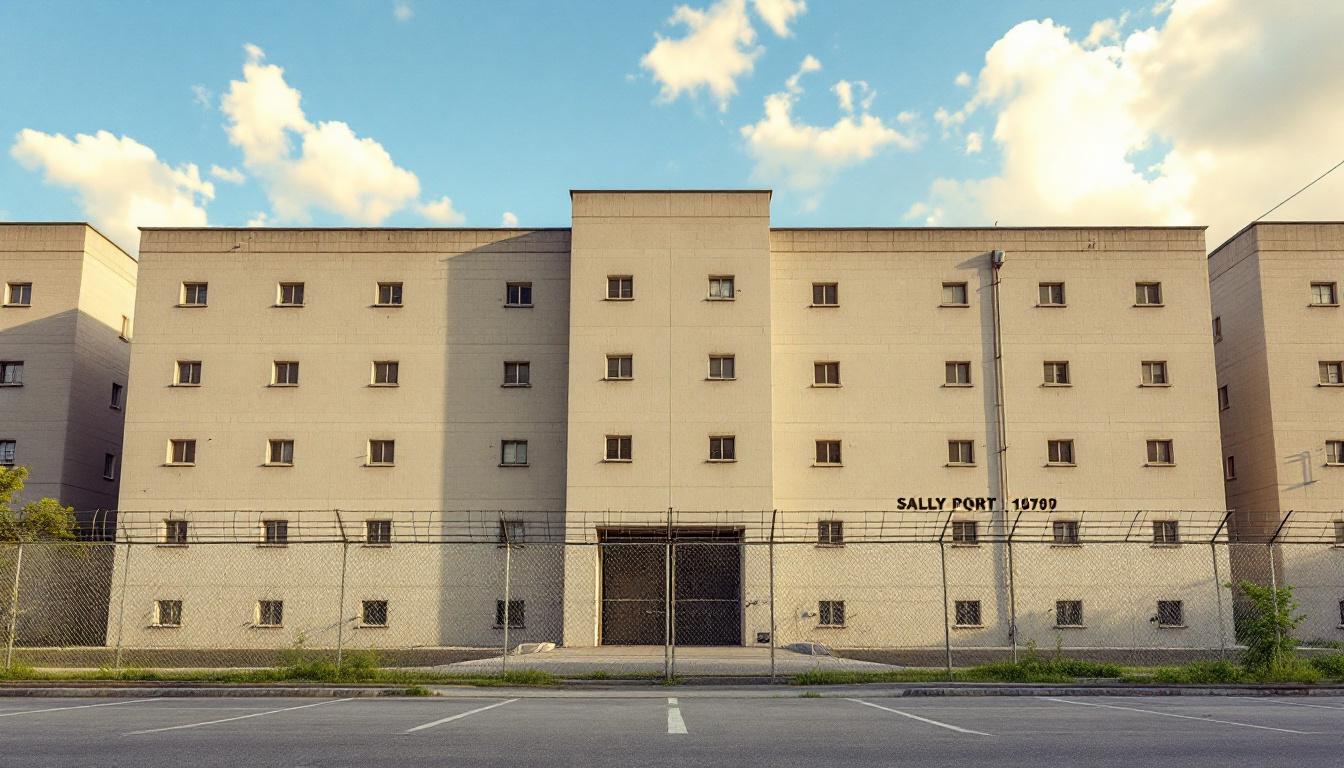
Quick Navigation
How to contact an inmate at Santa Ana Jail
This comprehensive guide will walk you through how to connect with an inmate at Santa Ana Jail. Follow the steps below to find an inmate and send letters and photos:
- Search for the inmate using our search tool below
- Create your account or log in to Penmate
- Write your message (up to 6,000 characters)
- Send instantly - inmates receive printed copies daily
Find an Inmate
Search for an inmate to start communicating today
Tip: You can search by first name, last name, or inmate ID number
To contact a person at Santa Ana Jail start by searching for the person on the official facility website. Perform a search by following these steps:
- Step 1: Enter their first name and last name into the search form and click "Search"
- Step 2: Locate their inmate record
- Step 3: Write down their Inmate ID and any housing information provided
Important! Be sure to enter the person's full name. Nicknames should not be used.
How to Send Messages to Inmates

You can use your phone or computer to send emails, letters, and photos to an inmate. Messages are sent electronically to inmate tablets or kiosks at the facility. If you would like to send a message, start by searching for an inmate at Santa Ana Jail.
Sending Photos and Postcards

A great way to send love and support to a loved one at Santa Ana Jail is to send photos and postcards. It only takes a few minutes to send photos from your phone and it makes a huge difference. You can also mail postcards with words of support and inspiration, or design your own postcard for special moments like birthdays and holidays.
Important! Be sure not to send any explicit photos or they may not be approved by the facility. You can also use a photo printing app like Penmate to make sure your photos are printed at the correct size (4x6 or 3x5) and are mailed according to the rules and regulations of Santa Ana Jail.
Frequently asked questions about Santa Ana Jail
-
How long does it take to deliver a message?
If you're sending an email message your letter is usually delivered within 24-48 hours. For messages sent via mail you should expect delivery within 3-7 days. All messages will need be approved by Santa Ana Jail.
-
How much does it cost to send a message to Santa Ana Jail?
You can send a message free using your phone or mail a message via USPS for the price of a $0.60 stamp and envelope. You can also purchase credits or e-stamps from services starting at $1.99.
-
What services can I use to contact an inmate at Santa Ana Jail?
Penmate
You can use Penmate to send letters and photos to an inmate from your phone. It's an easy way to stay in touch during your loved one's incarceration. Use the inmate locator to find an inmate's location and contact information, then you can send messages within a few minutes.
Securus messaging
Securus may be another option for communicating with an inmate at Santa Ana Jail. You can create a friends and family account and purchase credits to send messages. All messages will be reviewed and must be approved by the facility.
JPay
Some county jails and state prisons may support sending messages with JPay. You must register an account with the system, find your loved one, and purchase stamps to send messages. For some locations you can also attach photos.
Smart Jail Mail
You may also check if Smart Jail Mail is available at Santa Ana Jail. Smart Jail Mail is operated by Smart Communications and has contracted with some state and county jails. After purchasing credits, your messages and photos are sent to the facility, printed out, and then handed out to your loved one.
-
What is the mailing address of Santa Ana Jail?
Mailing address:
Santa Ana Jail
62 Civic Center Plaza
Santa Ana, CA 92701
Phone: (714) 245-8100Business hours:
- Monday: 11:00 AM – 8:00 PM
- Tuesday: 11:00 AM – 8:00 PM
- Wednesday: 11:00 AM – 8:00 PM
- Thursday: 11:00 AM – 8:00 PM
- Friday: 11:00 AM – 8:00 PM
- Saturday: 11:00 AM – 8:00 PM
- Sunday: 11:00 AM – 8:00 PM
-
What are the visiting hours at Santa Ana Jail?
Visiting hours at Santa Ana Jail vary by housing unit and security level. Generally, visits are scheduled on weekends and holidays, with some facilities offering weekday visits. Contact the facility directly at (714) 245-8100 or check their website for the current visiting schedule. Visits typically last 30-60 minutes and must be scheduled in advance.
-
What items are prohibited when sending mail to Santa Ana Jail?
Prohibited items typically include: cash, personal checks, stamps, stickers, glitter, glue, tape, staples, paperclips, polaroid photos, musical or blank greeting cards, hardcover books, magazines with staples, and any items containing metal or electronics. Only send letters on plain white paper with blue or black ink. Photos must be printed on regular photo paper (no Polaroids). Always check with Santa Ana Jail for their specific mail policies.
-
How do I send money to an inmate at Santa Ana Jail?
You can send money to an inmate at Santa Ana Jail through several methods: 1) Online using JPay, Access Corrections, or the facility's approved vendor, 2) Money orders mailed directly to the facility with the inmate's name and ID number, 3) Kiosks located in the facility lobby, or 4) Over the phone using a credit or debit card. Fees vary by method, typically ranging from $2.95 to $11.95 per transaction.
-
Can I schedule a video visit with an inmate at Santa Ana Jail?
Many facilities now offer video visitation as an alternative to in-person visits. At Santa Ana Jail, video visits may be available through services like Penmate, Securus Video Connect, GTL, or ICSolutions. Video visits typically cost $10-20 for 20-30 minutes and must be scheduled in advance. You'll need a computer or smartphone with a camera and reliable internet connection. Contact the facility for their specific video visitation policies and approved vendors.
-
What identification do I need to visit an inmate at Santa Ana Jail?
All visitors must present valid government-issued photo identification such as a driver's license, state ID, passport, or military ID. Minors must be accompanied by a parent or legal guardian who can provide the minor's birth certificate. Some facilities require visitors to be on the inmate's approved visitation list, which may require a background check. Contact Santa Ana Jail for specific ID requirements and visitor approval procedures.
-
How can I find out an inmate's release date?
To find an inmate's release date at Santa Ana Jail, you can: 1) Use the online inmate search tool if available, 2) Call the facility's records department, 3) Contact the inmate's case manager or counselor, or 4) Have the inmate provide this information during a call or visit. For privacy reasons, some facilities only release this information to immediate family members.
Facility Overview
Official Website
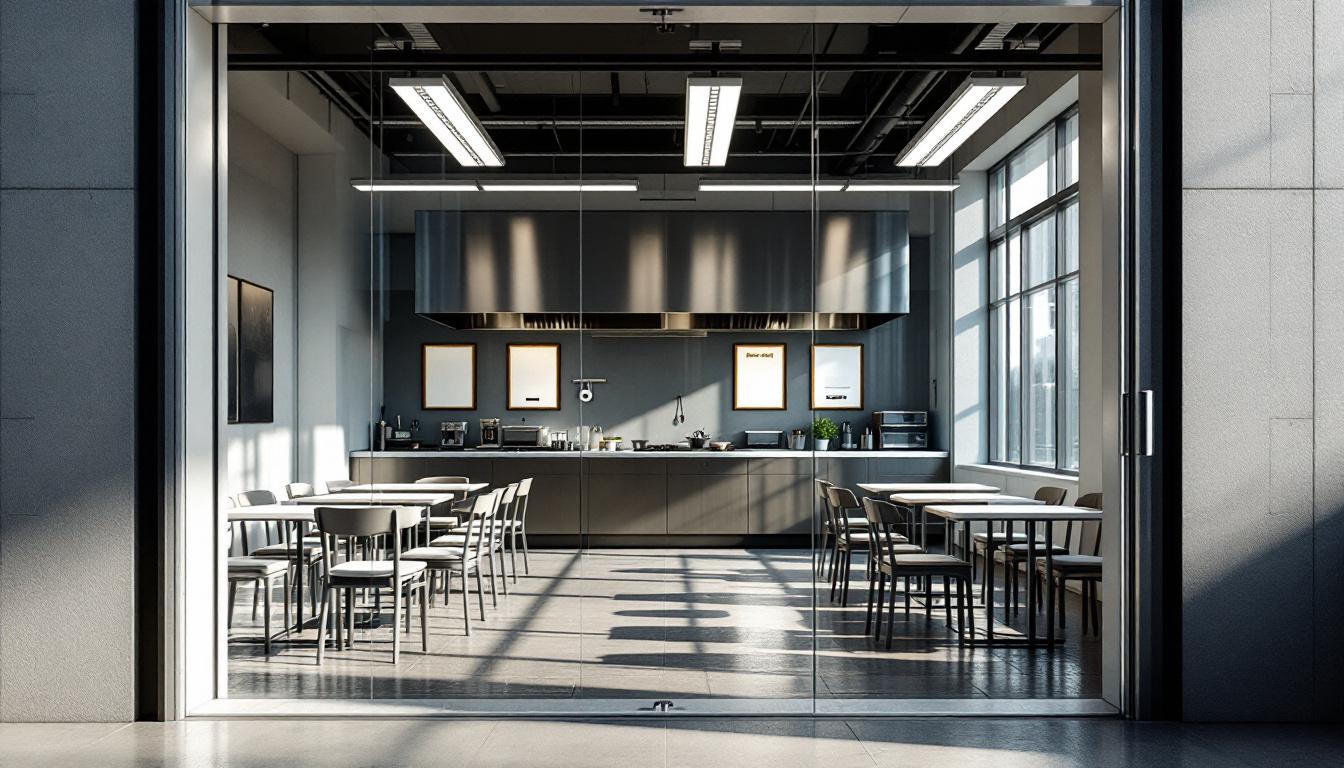
About Santa Ana Jail
Comprehensive rehabilitation programs and essential support services form the foundation of operations at Mens Central Jail, LA, where individuals receive access to educational opportunities, vocational training, and behavioral health resources designed to support successful community reintegration. This CA correctional facility serves as a central intake and housing location within Los Angeles County's correctional network, typically accommodating individuals awaiting trial, serving shorter sentences, or participating in alternative custody programs that may include work release and electronic monitoring options.
Operating within the broader Pacific region's corrections framework, the facility generally provides individuals services that encompass medical care, mental health support, substance abuse counseling, and religious programming to address diverse population needs. Educational initiatives often include literacy programs, GED preparation, and basic computer skills training, while vocational opportunities may focus on job readiness and practical skill development. The county jail maintains connections with community organizations and service providers to facilitate transition planning and resource coordination for individuals preparing to return to Los Angeles area communities.
As part of California's extensive correctional system, the facility works collaboratively with courts, probation departments, and community-based programs to support case management and alternative sentencing options when appropriate. The location's position within Los Angeles County enables coordination with regional healthcare providers, educational institutions, and workforce development agencies, creating pathways for individuals to access continued support services upon release and work toward positive life changes within their communities.
Programs & Services
From foundational literacy courses to specialized vocational certifications, the breadth of developmental opportunities at Men's Central Jail reflects a commitment to preparing individuals for successful community reintegration. This comprehensive approach recognizes that meaningful change often requires addressing multiple aspects of personal and professional development simultaneously. The facility typically maintains a diverse array of programming designed to meet individuals at various stages of their educational and personal growth journey.
Educational initiatives may include basic literacy instruction, GED preparation, and continuing education courses that help individuals build essential academic foundations. These learning opportunities often progress from fundamental skills to more advanced coursework, allowing participants to advance at their own pace. Also available are vocational training programs that typically focus on practical, marketable skills such as construction trades, food service, and maintenance work. These hands-on learning experiences often emphasize both technical competency and workplace readiness, helping individuals develop the professional skills needed for stable employment upon release.
The facility's support services typically encompass rehabilitation programs that address underlying issues contributing to criminal behavior, while communication skills training helps individuals develop better interpersonal abilities. Community resource connections may provide pathways to continued support after release, linking participants with local organizations and services. Also offered are creative outlets such as painting and decorating programs, which often serve dual purposes of skill development and therapeutic expression. These varied opportunities work together to create a comprehensive framework for personal transformation and community preparation.
Daily Life & Visitation
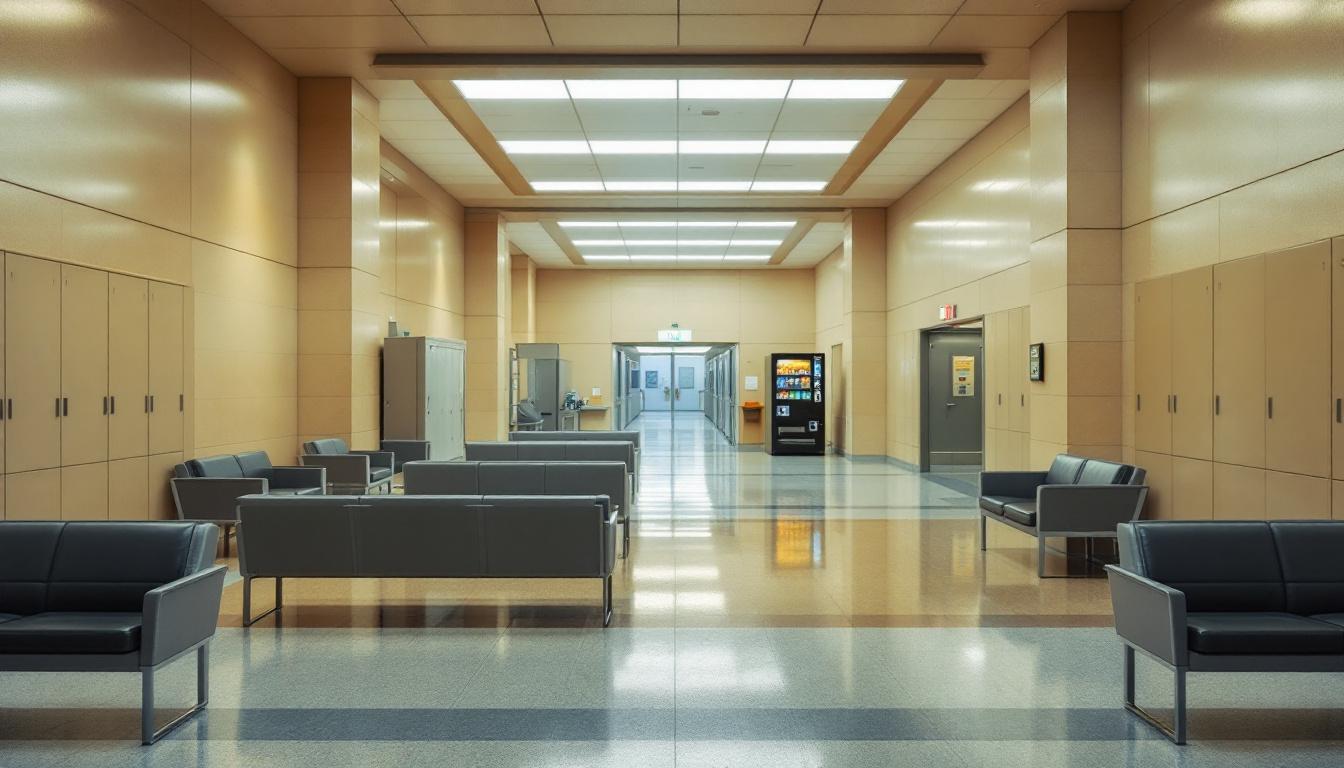
The sound of metal doors and institutional announcements marks the beginning of each day for individuals housed at Men's Central Jail in Los Angeles County. Today's routine typically begins with early morning counts, followed by meal service and the distribution of any scheduled medications. Consistently throughout the facility, individuals navigate a structured environment where movement between housing units requires escort and approval. The daily schedule generally revolves around meal times, court appearances, and various programming opportunities that offer structure and purpose during incarceration.
Living accommodations at the facility typically consist of shared cells or dormitory-style housing units, depending on classification level and available space. Individuals generally receive basic bedding, personal hygiene items, and limited storage space for approved personal property. Also available through the commissary system are additional food items, writing materials, and personal care products that families may purchase on behalf of their loved ones. However, all personal belongings must comply with facility security guidelines and are subject to regular inspection.
The facility typically offers various work assignments that may include kitchen duties, laundry services, and general maintenance tasks that provide individuals with daily structure and sometimes modest compensation. Recreation opportunities usually include access to television areas, reading materials, and limited outdoor exercise time when security conditions permit. However, these activities often depend on housing unit classification and current facility operations. Family connections remain vital through scheduled visitation programs and telephone access, though these services generally operate within specific time frames and security protocols that help maintain both safety and meaningful contact with loved ones.
Ready to Connect?
Start communicating with your loved one today
Search for an Inmate
